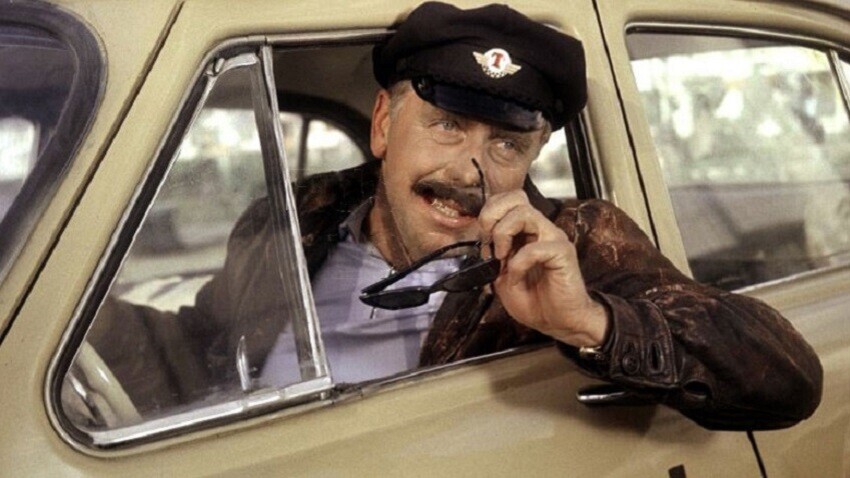
A still from ‘The Diamond Arm’
Leonid Gaidai/Mosfilm, 1969The abovementioned expression about taxis and bakeries instantly became a famous catchphrase in the USSR. In Leonid Gaidai's movie, it is uttered by an odious character, the super of an apartment building and a guardian of public order and morality.
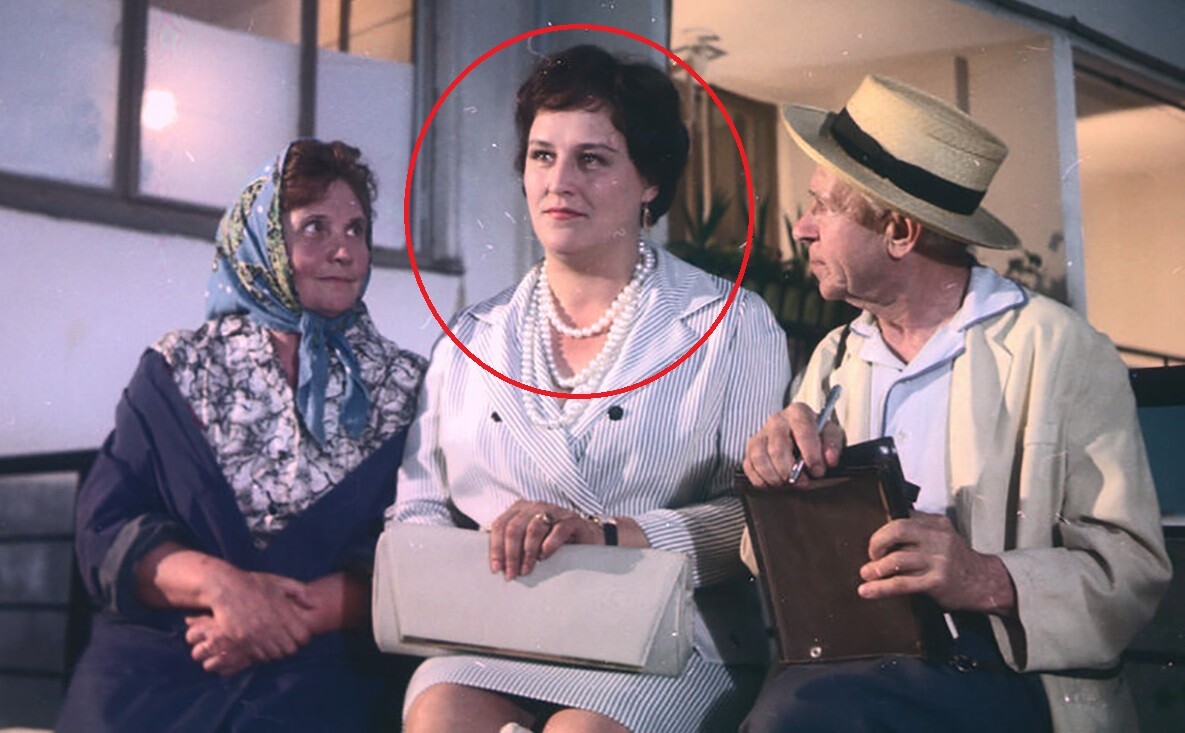
A still from ‘The Diamond Arm’
Leonid Gaidai/Mosfilm, 1969And this phrase embodied all the Soviet contempt for such a bourgeois luxury as a taxi. And, indeed, no one took a cab to get to the bakery around the corner!
In the USSR, most people used public transportation. The lucky few had private cars. It was possible to buy them, but, often, you had to wait several years (!) for your turn (Read more here). Those who had a private car would, of course, help take their friends to the dacha, assist with moving and would put a ribbon on the car while driving the newlyweds they knew around the city.
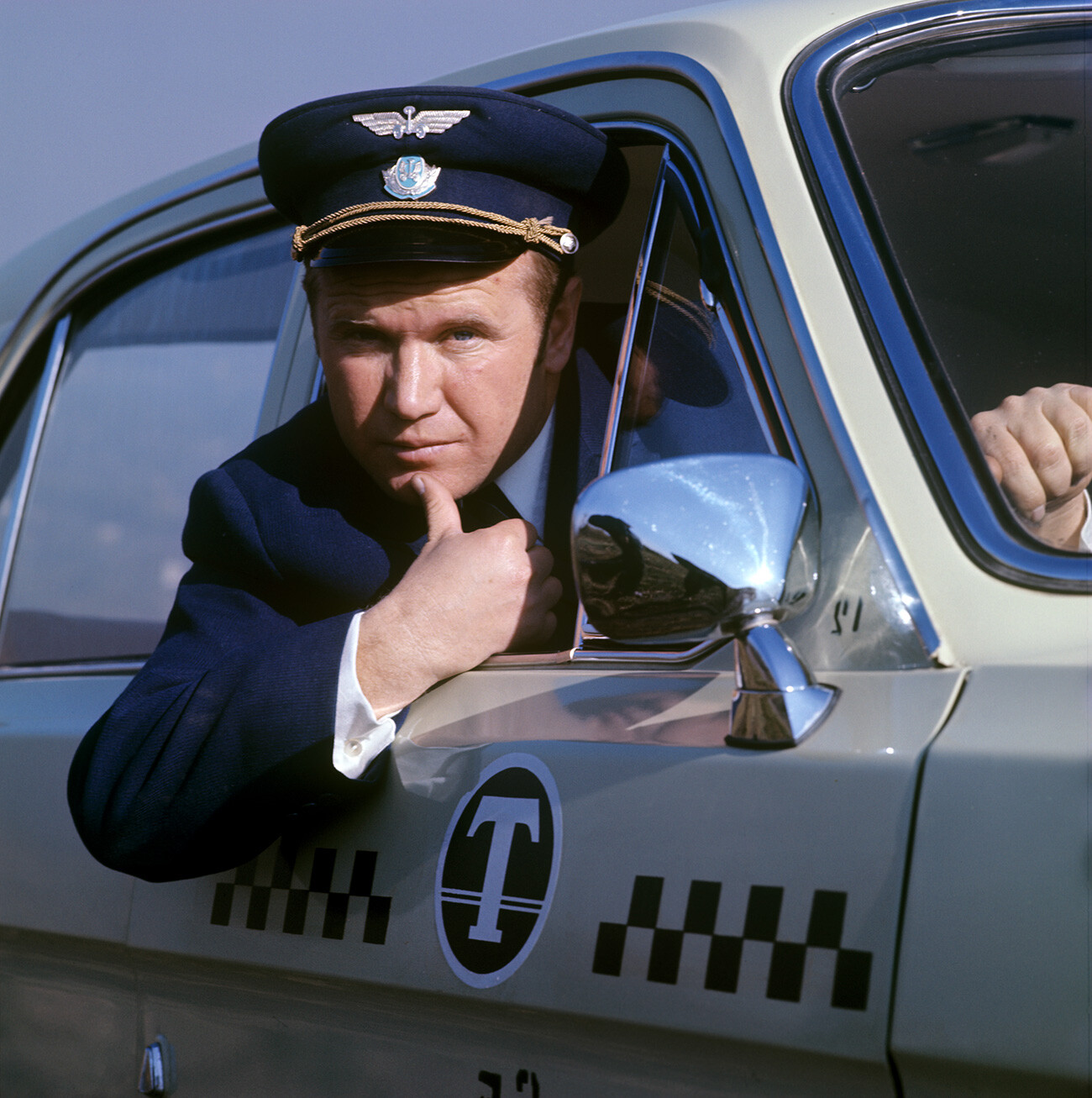
A taxi driver
Fred Grinberg/SputnikBig bosses, generals and officials were sure to have company cars with a personal driver who was paid for their work. It was a sign of status.
And what about taxis? Of course, there were some. In the 1960s, the Soviet authorities even discussed the mass production of a “perspective taxi”, a type of comfortable minibus. But, the utopian project was dropped (Read more here).
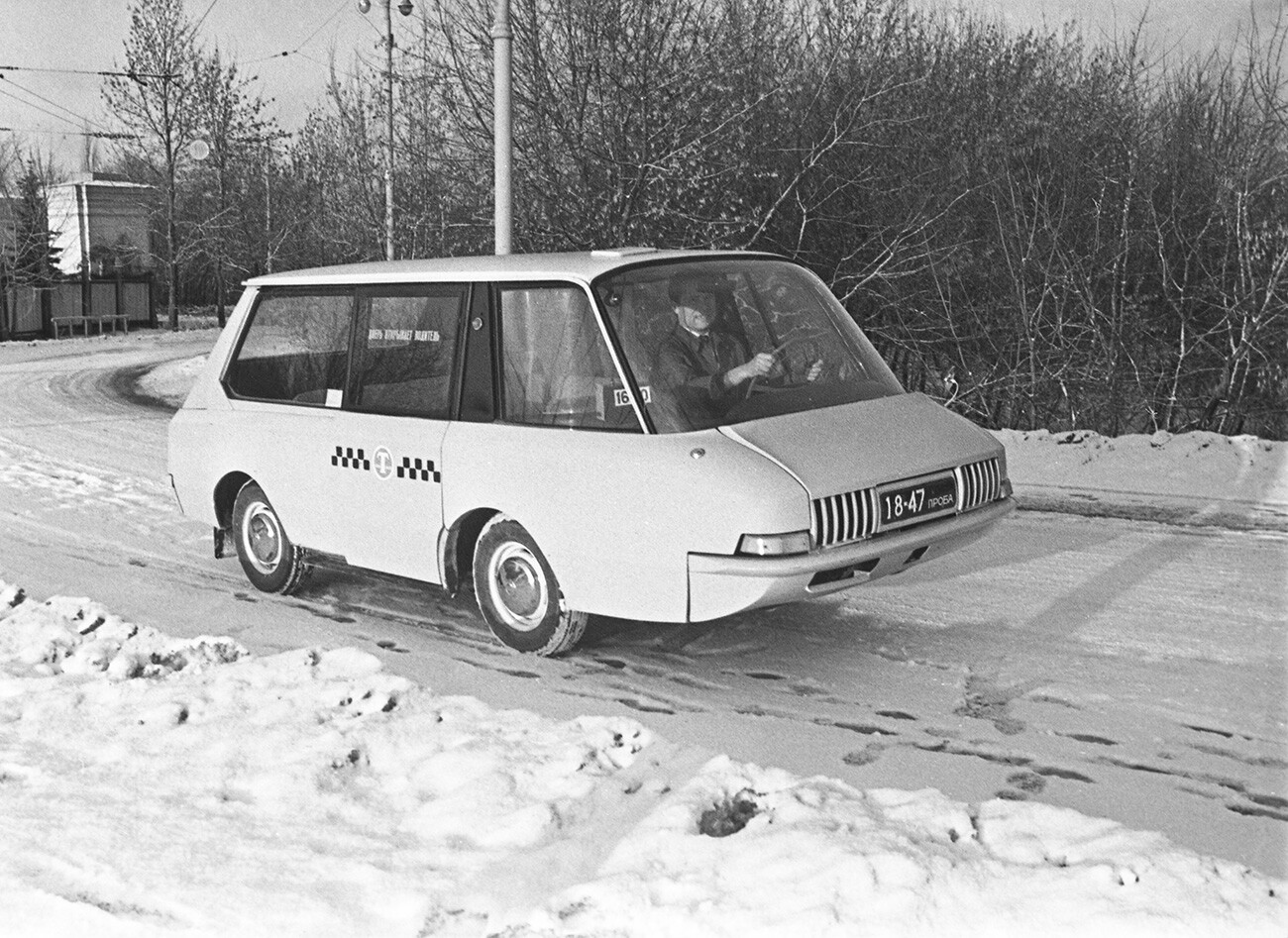
Perspective taxi
Anatoly Sergeyev-Vasilyev/SputnikAs mentioned earlier, cabs were more of a luxury in the USSR and they cost a lot of money. “Sometimes in the 1980s, I could splurge and take a cab to work if I was late, but then I had to eat only coffee until my next payday,” says Olga, a resident of St. Petersburg (then Leningrad).

A taxi station
Yevgeny Umnov/MAMM/MDFJust compare: Taxis cost from 0.10 ruble per kilometer. And public transportation fares were only 0.03-0.05 rubles per one ride. The average monthly salary of a Soviet person, meanwhile, was roughly 150-170 rubles.

Taxi station in Moscow
Yury Somov/SputnikCab drivers were considered almost a privileged caste. They earned very well and they got to drive a ‘Volga’ and other fancy cars (and before World War II, for example, ZIS-101 limousines). It was also believed that the cab drivers knew lots of secrets, because they would communicate with various high-profile people while taking them to their destinations. This, however, opened up to a lot of fake rumors invented by these very cab drivers.

A still from ‘Three Poplars in Plyushchikha’
Tatiana Lioznova/Gorky Film Studio, 1968A significant part of another cult Soviet movie, ‘Three Poplars in Plyushchikha’ (1968), takes place in a cab. Surprisingly, it shows a generous and honest cab driver, who picks a lady from the train station for a mere kopek, though he continues his own business and drives her across Moscow.
You could catch a taxi if the green “free” sign was lit on the roof. It was also possible to call a cab by phone. However, the service wasn’t very efficient.
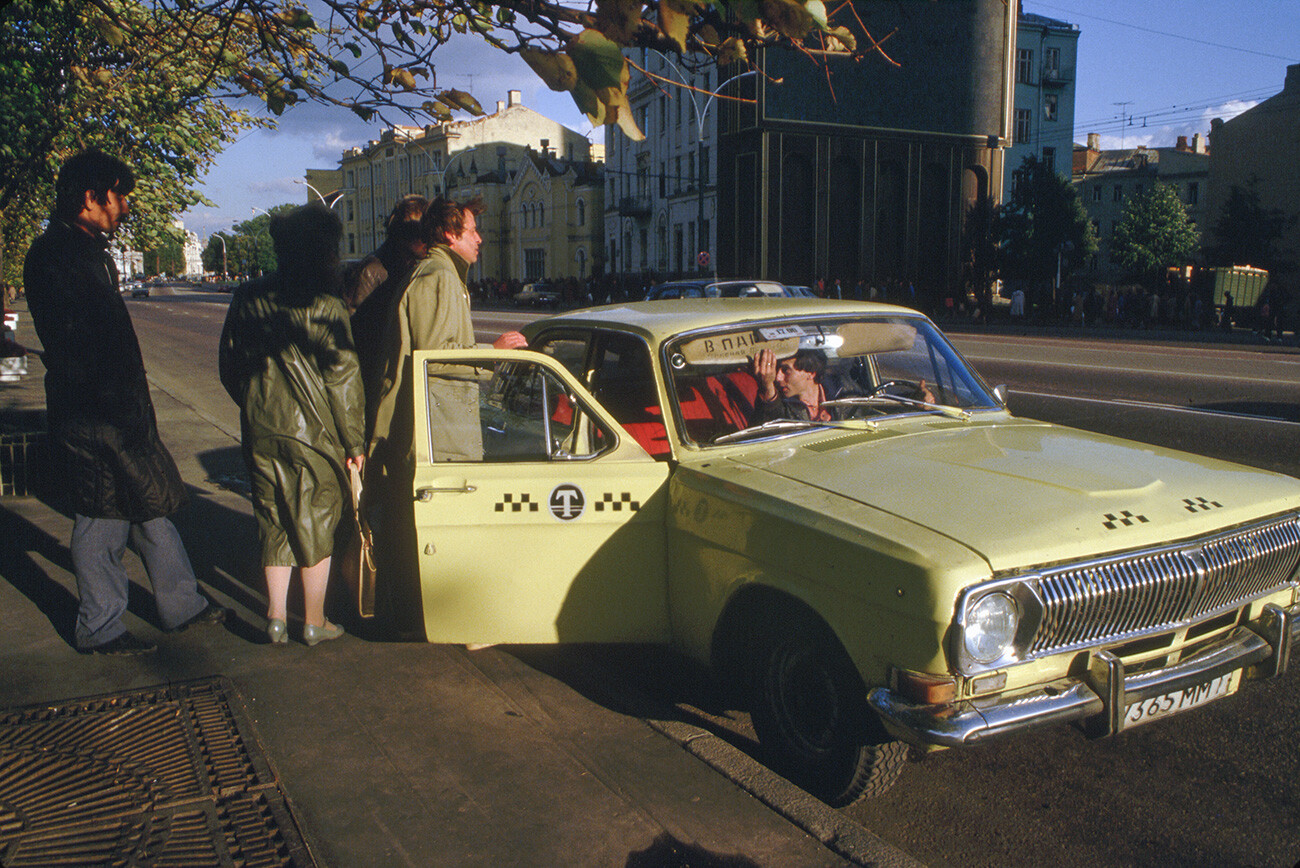
Taxi in Moscow
Getty Images“Every time we went to the theater by taxi or took a cab to the airport, it was a torrent of stress for my mother. Because, sometimes, cabs took a long time to arrive and, sometimes, the drivers didn't come at all,” says a Muscovite woman recalling her childhood in the 1980s.
Cabs were sometimes used to get to and from the airport. In Soviet times, air transportation was not so popular, so there were no big traffic jams going there. Sometimes, they also drove people to or from train stations, but most people preferred to choose arriving time carefully to then catch the subway or other public transportation. And, of course, it was common to meet friends and relatives by cab.

A young Muscovite on her taxi ride
Boris Kavashkin/SputnikThere were people who took a taxi only once in their lifetime. Meanwhile, a cab could also be used to pick up a wife from the maternity hospital. And some people would indulge in taking a cab home after, say, a big banquet.
Dear readers,
Our website and social media accounts are under threat of being restricted or banned, due to the current circumstances. So, to keep up with our latest content, simply do the following:
If using any of Russia Beyond's content, partly or in full, always provide an active hyperlink to the original material.
Subscribe
to our newsletter!
Get the week's best stories straight to your inbox